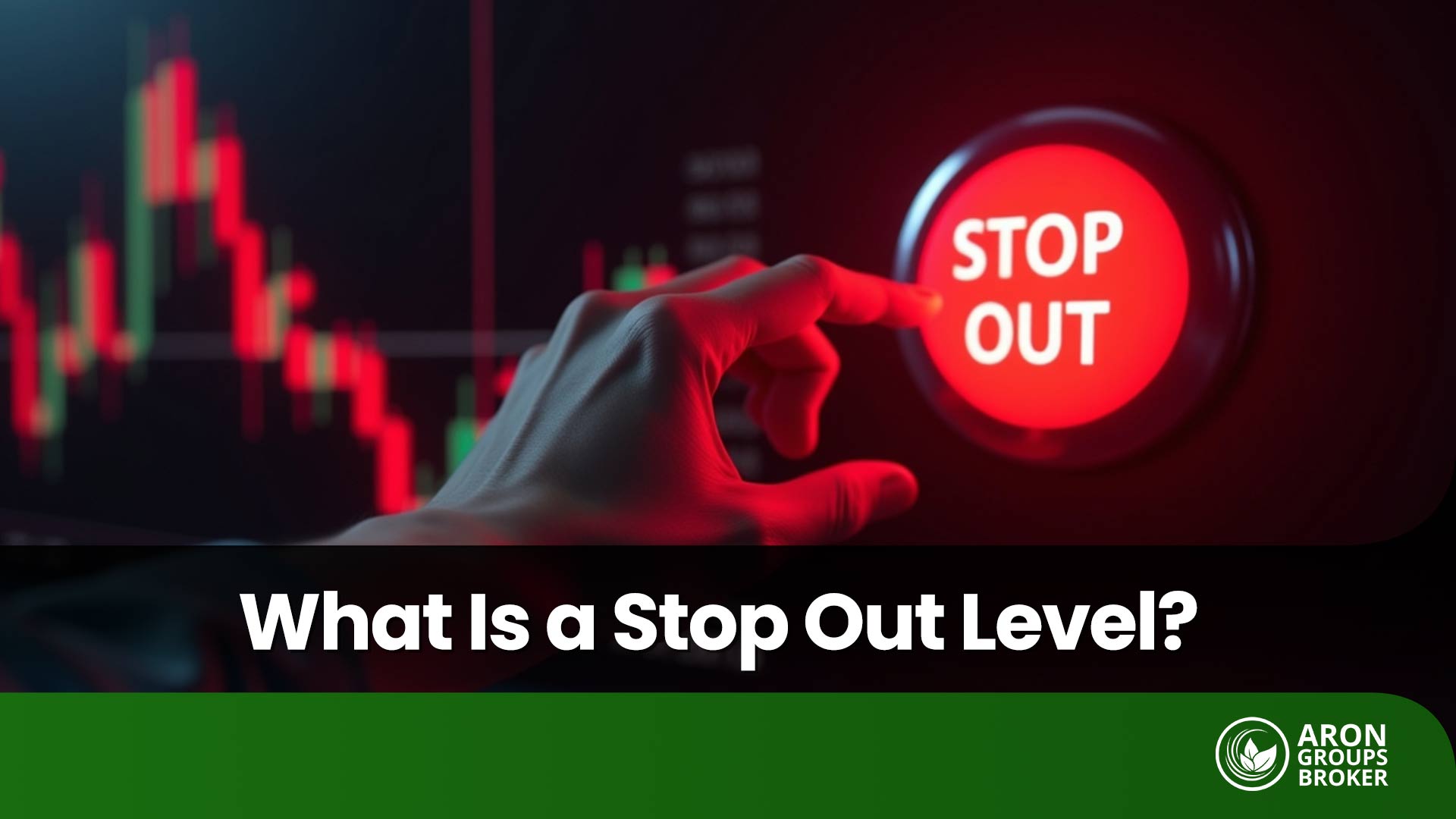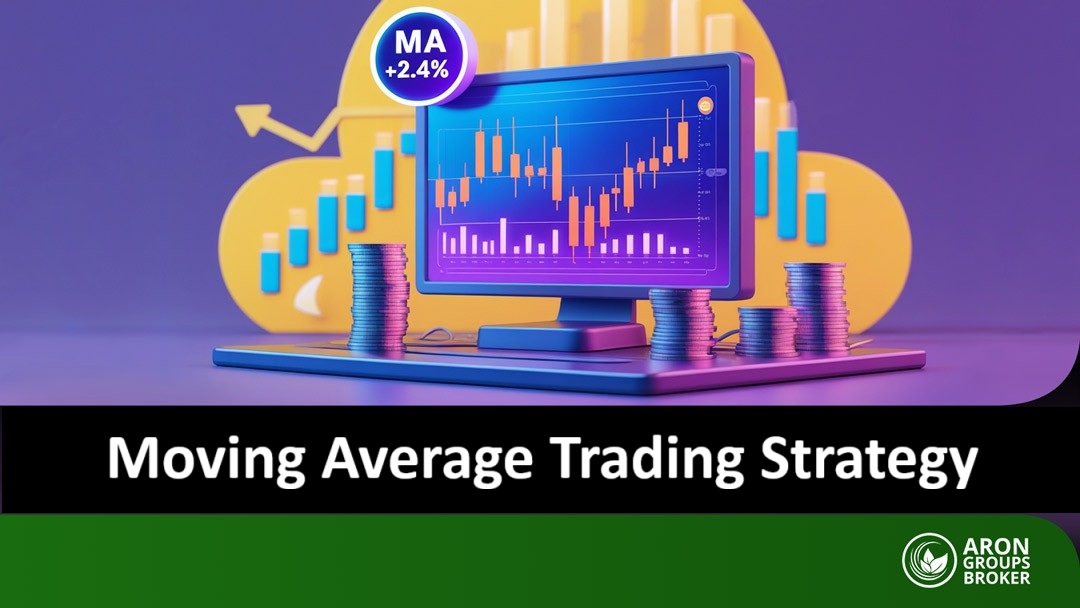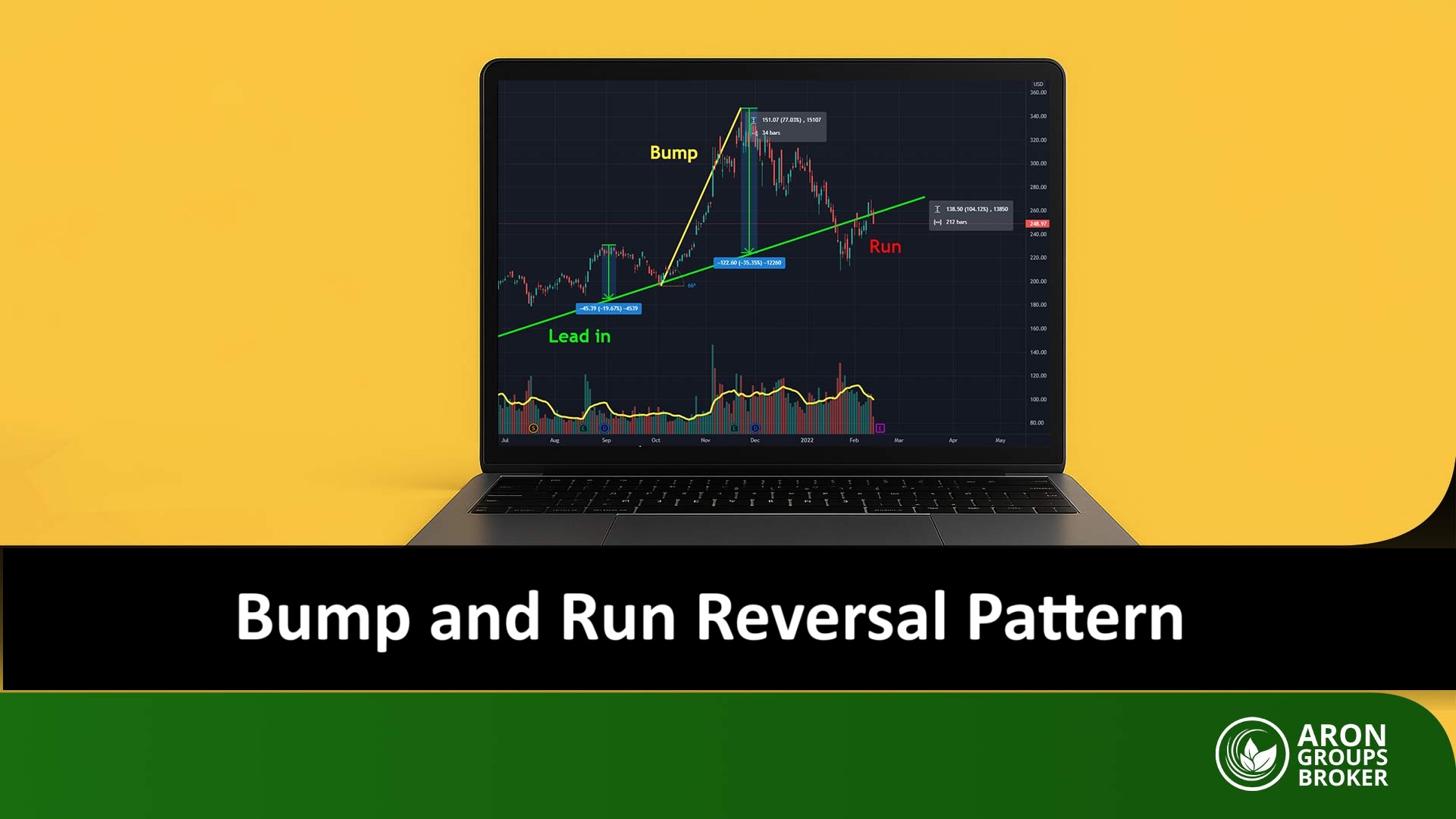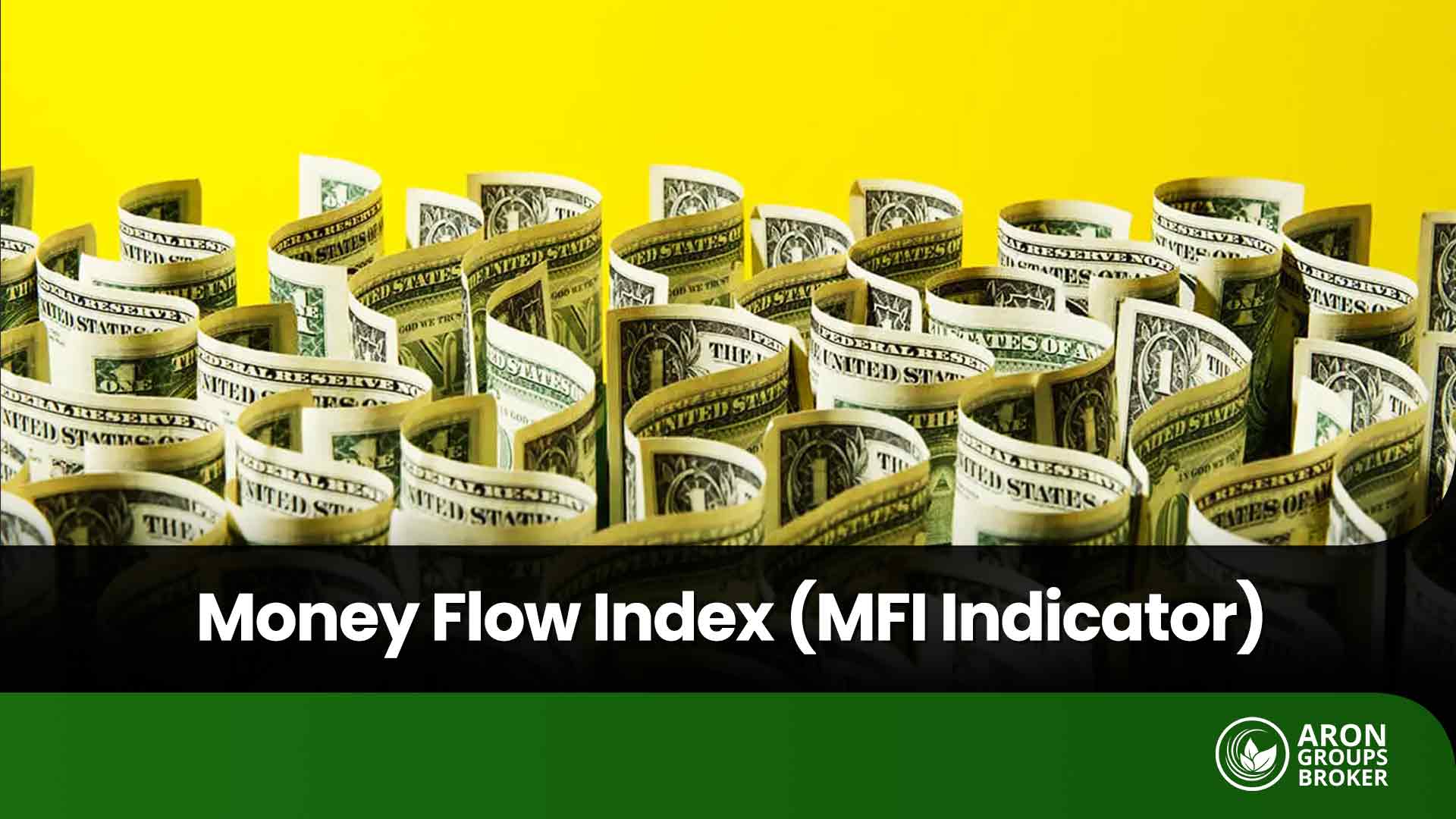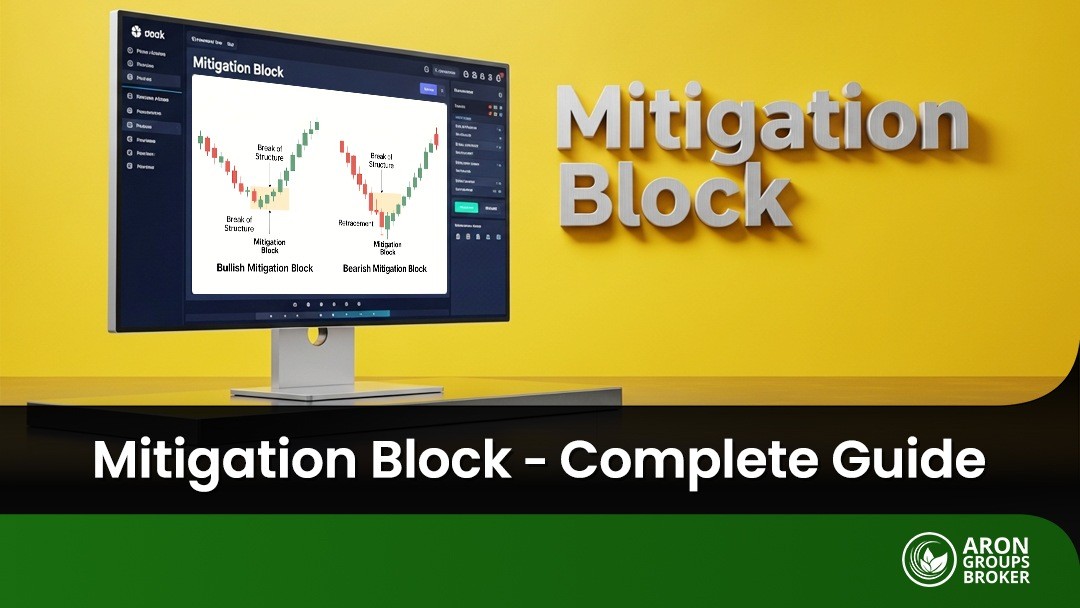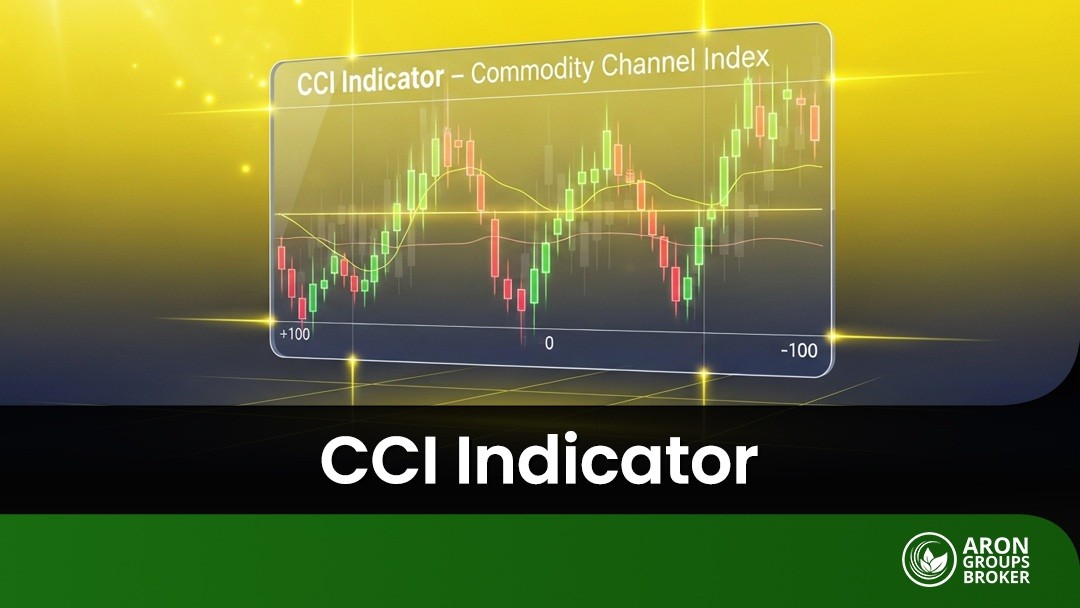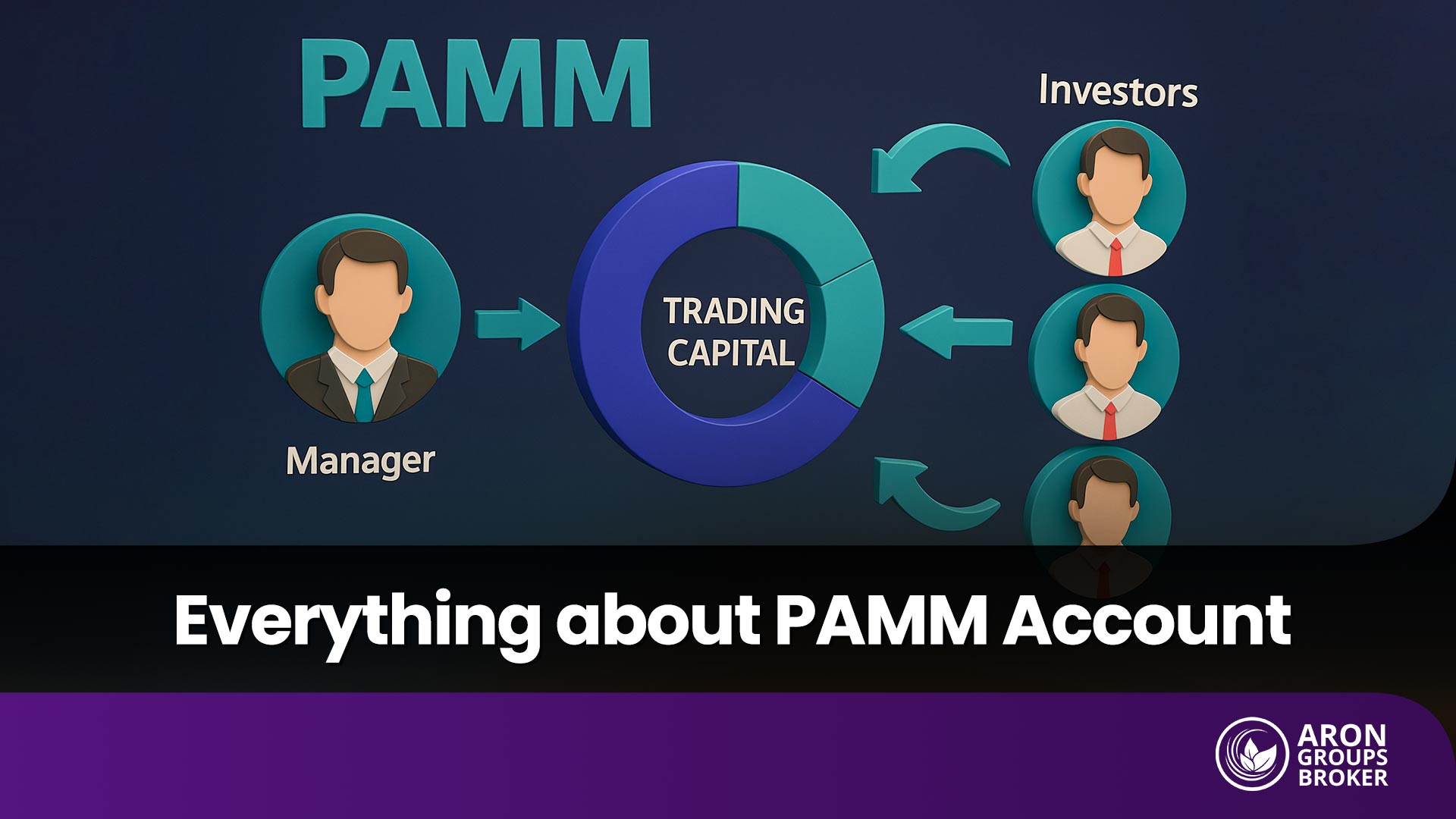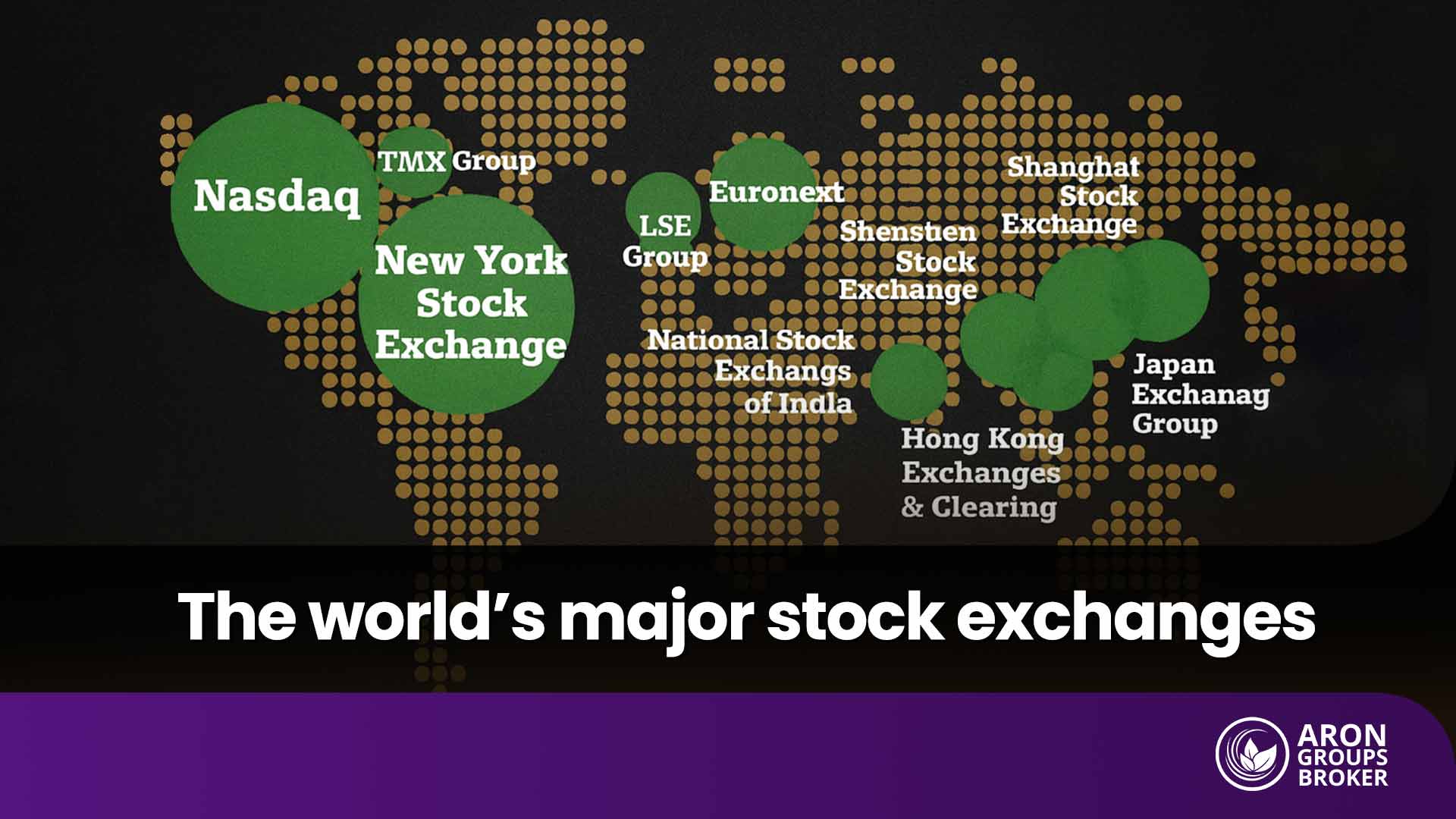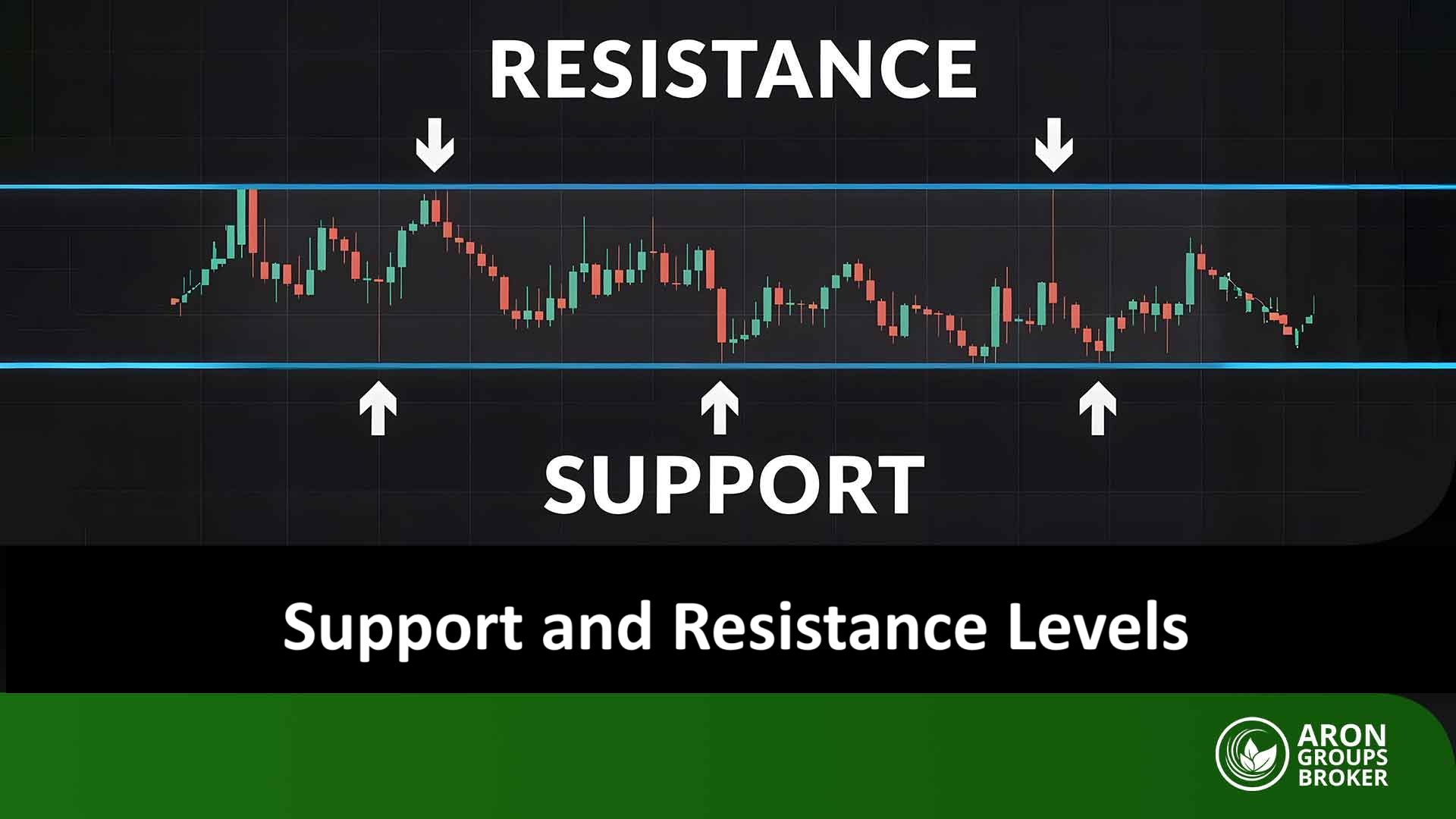No trader ever wants to face a wiped-out account or a substantial loss. A “stop out” is one of the events that can lead to such an outcome. While a stop out is a protective measure implemented by brokers to prevent your account from falling into a negative balance, for a trader, it signifies a failure in risk management and results in the loss of a significant portion of their trading capital.
In this comprehensive guide, you will learn exactly what a stop out is, why it occurs, and most importantly, the specific strategies you can implement to prevent it, allowing you to trade in the Forex market with greater confidence.
Key Points:
- Even profitable positions can increase the risk of a stop out if they tie up a significant amount of margin and the market experiences a sudden reversal.
- Hedging does not always prevent a stop out, as some brokers may require margin for both sides of a hedged position.
- Using Expert Advisors (EAs) without proper oversight is a common cause of accounts being stopped out.
- Trading bonuses are typically not counted as part of the equity buffer against losses; they often only serve to increase the available margin for opening new positions.
What Is a Stop Out in Forex?
A Stop Out is an automated process initiated by your broker to protect your account from accumulating further losses. When your open positions are losing and your account equity falls sharply, the system will automatically close your most unprofitable position if your Margin Level (the ratio of equity to used margin, expressed as a percentage) reaches a predetermined critical threshold. This action is designed to prevent the account from falling into a negative balance.
In simpler terms, a Stop Out serves as the broker’s final line of defense to prevent a client’s account from incurring a negative balance.
A Practical Example:
Imagine you have a trading account with an equity of $1,000. You open a position that requires $500 as Used Margin.
- Initially, as long as your trade is profitable or at break-even, your equity remains around $1,000. Your Margin Level would be 200% (($1,000 Equity / $500 Used Margin) x 100). At this level, your account is in a healthy state.
- However, if the market moves against you and your position starts to incur losses, your equity will decrease. Let’s say your losses cause your equity to drop to $250. Your new Margin Level would be 50% (($250 Equity / $500 Used Margin) x 100).
- If your broker has set the Stop Out Level at 50%, the system will automatically close your position at this exact point to prevent further losses.
Essentially, a Stop Out is triggered when your account’s equity is no longer sufficient to sustain your open positions.
Why Does a Stop Out Occur in Forex?
A stop out is not a sudden or random event; rather, it’s the final outcome of a series of high-risk trading decisions. The process begins when the balance between your account’s equity and the margin required to maintain your open positions is disrupted.
Generally, two primary factors push an account toward a stop out:
- A Sharp Decrease in Equity: This is the most common reason. When your trades move into a losing position and are left uncontrolled (for example, without a stop-loss), your floating account equity diminishes. This reduction directly causes your margin level to fall.
- Excessive Use of Margin: Opening too many positions or using position sizes that are too large relative to your capital increases the amount of used margin. This makes the account highly sensitive, meaning even a small loss can exert significant pressure on the margin level, pushing it rapidly toward the stop-out threshold.
Ultimately, a stop out is triggered when a combination of these factors—a fall in equity and/or an increase in used margin—causes your account’s margin level to drop to the critical point set by your broker.
The Difference Between a Margin Call and a Stop Out
Many traders, particularly those new to the market, often confuse these two key concepts. However, understanding their difference is vital for capital preservation. A simple way to distinguish them is to think of a Margin Call as a yellow warning light and a Stop Out as a red light for your trading activity.
Margin Call
This is a formal warning from your broker. When your Margin Level drops to a specific threshold (for example, 100%), the broker alerts you that your capital is at significant risk. This warning serves as a prompt for you to take one of two actions:
- Deposit additional funds into your account.
- Close some of your open positions to free up margin.
Stop Out
If you do not respond to the Margin Call and your positions continue to accumulate losses, your Margin Level will fall further to a lower threshold known as the Stop Out Level (for example, 50%). At this point, the broker will no longer wait for your intervention. To prevent the account from falling into a negative balance, the system will automatically begin closing your losing positions without your permission.
| Feature | Margin Call | Stop Out |
| Nature | An official warning from the broker ⚠️ | An automated and forced action by the broker 🚫 |
| Analogy | The yellow light of trading | The red light and forced stop of trading |
| Trigger Point | When the Margin Level hits the warning threshold (e.g., 100%) | When the Margin Level hits the critical threshold (e.g., 50%) |
| Broker’s Action | Notifies you to take action (deposit funds or close positions) | Automatically closes your most unprofitable positions without permission |
| Outcome for You | An opportunity to save the account and prevent further loss | A loss of control and the forced liquidation of your capital |
What is the Stop Out Level and How is it Determined?
The Stop Out Level is not a universal standard; its determination depends on three primary factors: the broker’s risk management policies, your trading account type, and the regulatory framework of the jurisdiction under which the broker operates.
100%, 50%, or 20% Stop Out: What’s the Difference?
Each of these levels has specific advantages and disadvantages for the trader:
- 100% Level (Highly Conservative): In this scenario, the stop out is triggered as soon as your account Equity equals your Used Margin. This conservative level brings risk under control quickly but offers very little room to withstand temporary market volatility.
- 50% Level (Common Standard): This is the most widely adopted level among brokers, particularly in Europe, where they operate under regulations set by ESMA (European Securities and Markets Authority). This level allows you to maintain your position until your equity drops to half of your used margin, creating a logical balance between risk and flexibility.
- 20% Level (Flexible but Risky): This level provides the most “breathing room” for your trades to endure high volatility. However, its significant drawback is that if a stop out is triggered, you will have already lost a much larger portion of your capital.
The Broker’s Role in Setting the Stop Out Level
Brokers determine these levels based on their business model (e.g., Market Maker or ECN) and their appetite for risk. Their primary objectives are internal risk management and preventing clients from incurring a negative balance. For this reason, you should always carefully review this figure in the account specifications or the broker’s terms and conditions before opening an account.
Key Point: The most critical action you can take is to always verify the exact Stop Out Level for your specific account on the broker’s official website before you start trading.
The Impact of Account Type (Standard, ECN, Micro) on the Stop Out Level
Brokers typically tailor the Stop Out Level to the account type and its target audience to provide the best experience for different groups of traders.
- Micro or Cent Accounts: Designed for novices and for testing strategies with small capital, these accounts usually have higher Stop Out Levels (e.g., 50% or more). The broker’s goal is to create a stronger safety net to protect the capital of inexperienced traders and prevent its rapid depletion.
- Standard Accounts: As the most common account type, these typically feature a balanced and standard Stop Out Level (usually between 30% and 50%). This level is well-suited to the needs of general retail traders who have some market experience, offering a good mix of flexibility and risk control.
- ECN or Pro Accounts: Aimed at experienced and high-volume traders, these accounts may offer lower Stop Out Levels (e.g., 20% or 30%). The logic is that professional traders employ their own precise risk management strategies and require greater flexibility to manage their positions through market volatility without automated intervention.
Important Note: It is essential to remember that these are general patterns. Always verify the exact specifications for your chosen account directly from your broker’s official website.
Key Factors That Can Lead to a Stop Out in Forex
A stop out is rarely the result of a single mistake; rather, it is typically caused by a combination of high-risk factors that collectively push an account to its critical threshold. Understanding these key factors is the first step toward preventing it.
The Impact of High Leverage on Stop Out Risk
Leverage acts like a magnifying glass; just as it can magnify your profits, it can equally amplify the devastating effect of your losses.
How it works:
Using high leverage (e.g., 1:500) allows you to control very large positions with a small amount of margin. This means that even a minor price movement against your position can create a significant unrealized loss. This large loss is quickly deducted from your account equity, causing your Margin Level to plummet toward the Stop Out Level. Simply put, high leverage shortens the distance between your current state and a stop out.
The Role of Free Margin in Preventing a Stop Out
The free margin acts as a safety cushion or buffer for your account. It is the funds in your account that are not tied up in open positions and can be used to absorb unrealized losses without immediately jeopardizing your Margin Level.
How it works:
When you commit a large portion of your capital to open positions (over-leveraging your available margin), you are left with very little Free Margin. In this state, your account becomes extremely vulnerable. As soon as your positions start to show a loss, this safety buffer is quickly depleted. After that, every dollar lost directly reduces your Margin Level. Maintaining a high level of Free Margin increases your account’s ability to withstand temporary drawdowns.
High Market Volatility and Its Link to Stop Outs
The Forex market sometimes experiences periods of extreme turbulence, known as high volatility. This typically occurs during major economic news releases, such as the U.S. Non-Farm Payrolls (NFP) report or central bank interest rate decisions.
How it works:
Under highly volatile conditions, prices can move hundreds of pips in a matter of minutes or even seconds. If your position is on the wrong side of such a sudden spike and you haven’t set a stop-loss, your account equity can be wiped out almost instantly, triggering a direct stop out. Trading during major news events without a solid risk management strategy is one of the fastest ways to experience a stop out.
The Consequences of a Stop Out for Forex Traders
Experiencing a stop out is more than just a simple financial loss; it can have profound and multifaceted impacts on a trader’s account and psychological well-being. Understanding these consequences underscores the importance of preventing them.
Automatic Position Closure by the Broker
The first and most immediate consequence of a stop out is the complete loss of control over your open positions. Once your Margin Level reaches the critical threshold, you are no longer the decision-maker. The broker’s risk management system automatically takes over and initiates a Forced Liquidation.
Typically, the system begins by closing the most unprofitable position and continues this process until the Margin Level is restored to above the Stop Out Level. This is a purely automated action performed without your permission or intervention.
Severe Loss of Account Equity and Capital
Although the purpose of a stop out is to prevent an account from falling into a negative balance, in practice, it results in the loss of a very large portion of your capital. Reaching this point means your positions have incurred such significant losses that nearly all of your Free Margin (your safety buffer) has been depleted, and a substantial part of your account equity has been destroyed.
Recovering an account to its original state after such a substantial loss is an extremely difficult and time-consuming task, and many traders never succeed in recouping their losses.
The Psychological and Emotional Impact on Trader Performance
This is often the most destructive consequence of a stop out. Losing a large portion of capital in a short period can inflict a severe psychological blow on a trader, leading to emotions such as:
- Loss of Confidence: The trader begins to doubt their strategy and analytical abilities.
- Trading Hesitation: They may enter subsequent trades with fear and doubt, leading to missed opportunities or prematurely exiting profitable positions.
- Revenge Trading: In an attempt to quickly recoup losses, some traders immediately jump into emotional, high-risk trades without proper analysis, which almost always results in further losses.
This negative psychological cycle can derail a trader’s progress for a long time.
How to Prevent a Stop Out in Forex
The good news is that a stop out is almost always preventable. It is a direct result of poor risk management, and by adhering to a set of professional principles, you can keep your account safe from this danger.
Adhering to Risk and Money Management Principles
This is the most fundamental rule for survival in the financial markets. Risk management involves precisely defining the amount of risk you are willing to accept on any single trade. The most well-known principle in this area is the 2% Rule. According to this rule, you should never risk more than 2% of your total account capital on a single trade. By following this principle, even if you experience several consecutive losing trades, you will only lose a small fraction of your capital, and your account will remain secure enough to continue trading.
Choosing Appropriate Leverage
High leverage is one of the main reasons novice traders get stopped out. While high leverage ratios like 1:500 or 1:1000 may seem tempting, they dramatically increase your risk. Selecting a prudent and conservative leverage level (such as 1:50 or 1:100) helps you keep your position sizes proportional to your actual account size. This ensures that potential losses do not have a sudden and severe impact on your equity and margin level, preventing you from losing control of your account.
Using a Stop-Loss
A stop-loss order is your personal emergency brake on every trade. While a stop out is the broker’s mandatory liquidation that occurs at the worst possible moment, a stop-loss is a tool you set in advance to control your risk. By placing a stop-loss on every trade, you pre-define the maximum amount you are willing to lose. This guarantees that a losing position is closed automatically long before it can seriously harm your margin level. No professional trader enters a trade without a stop-loss.
Avoiding the Overuse of Margin
This principle is directly related to the concept of Free Margin. You should always keep a significant portion of your capital available as free margin to act as a safety buffer. If you open multiple positions simultaneously and tie up a large part of your capital in used margin, your account becomes highly vulnerable to market volatility. A good rule of thumb is to ensure that your total used margin always remains a small fraction (e.g., less than 20%) of your total account equity.
How Stop Out Rules Differ Among Forex Brokers
An important point that many traders overlook is that the rules governing margin and stop outs are not universal or identical across all brokers. Each broker establishes its own specific policies based on its business model, risk management strategies, and the regulatory framework of the jurisdiction in which it operates.
Below are the key differences to be aware of:
- Stop Out Level Percentage: This is the primary difference. One broker might set the Stop Out Level at 20%, while another might use 50% or even 70%. This percentage directly impacts your account’s flexibility and its ability to absorb drawdowns.
- Margin Call Level Percentage: In addition to the Stop Out Level, the warning threshold for a Margin Call also varies. Some brokers might issue a warning at a 100% Margin Level and initiate a stop out at 50%, whereas others might use closer levels, such as 80% for the warning and 50% for the action.
- Position Closure Procedure: During a stop out, most brokers automatically close the most unprofitable position first. However, a broker’s policy might differ in specific situations, such as when there are hedged positions in the account.
- Differences Across Account Types: As mentioned earlier, even within a single brokerage, Stop Out Levels can vary for different account types (e.g., Micro, Standard, ECN).
Final Advice: Never assume that one broker’s rules are the same as another’s. Before depositing funds or starting to trade, always visit the broker’s official website and carefully review the exact figures for Margin Call and Stop Out levels in the account specifications or legal documents (Terms and Conditions). This simple research can prevent substantial and unexpected losses in the future.
Conclusion
A stop out in Forex is an essential mechanism to protect the broker and prevent clients from incurring a negative balance. For the trader, however, it is a clear sign of a breakdown in risk and money management. This event does not happen overnight; it is the result of poor decisions such as using excessive leverage, ignoring stop-losses, and over-committing capital.
By gaining a deep understanding of this concept and implementing sound risk management strategies, you can trade with confidence in the Forex market and protect your capital from such adverse events.












